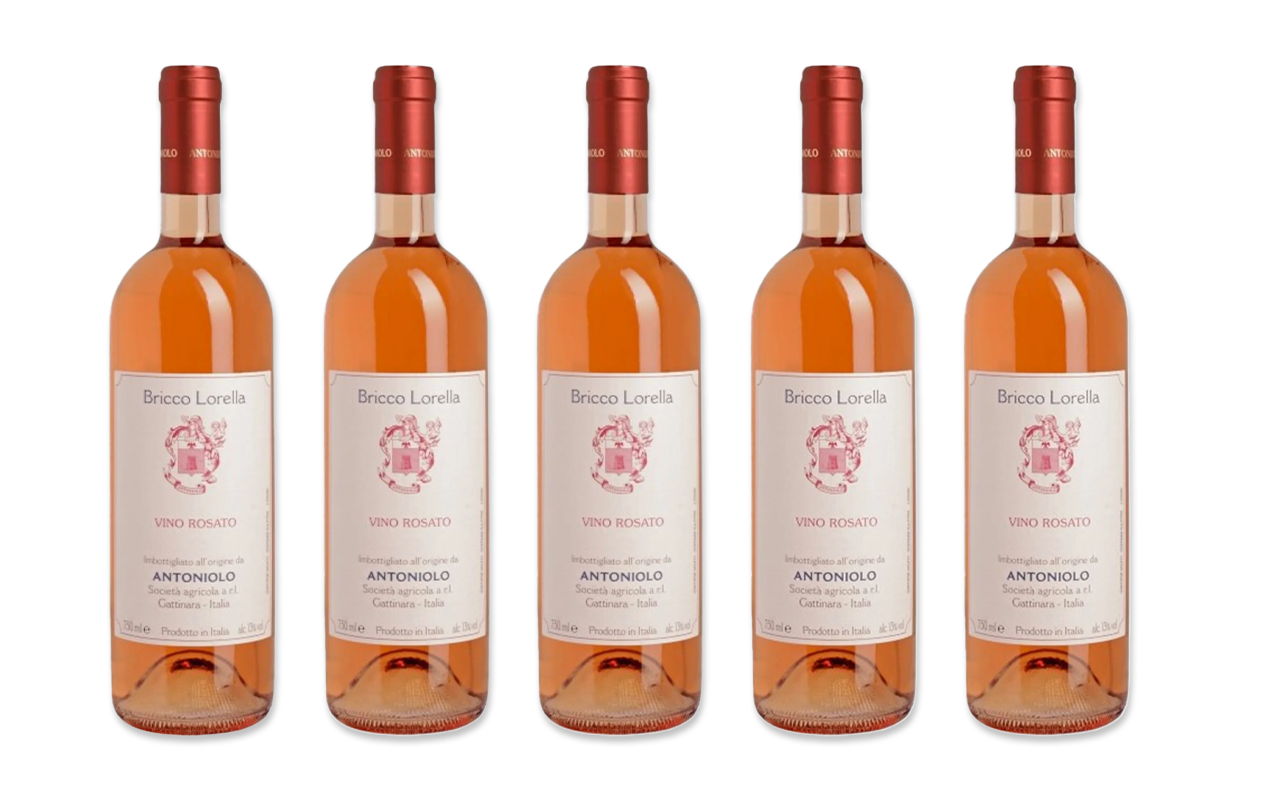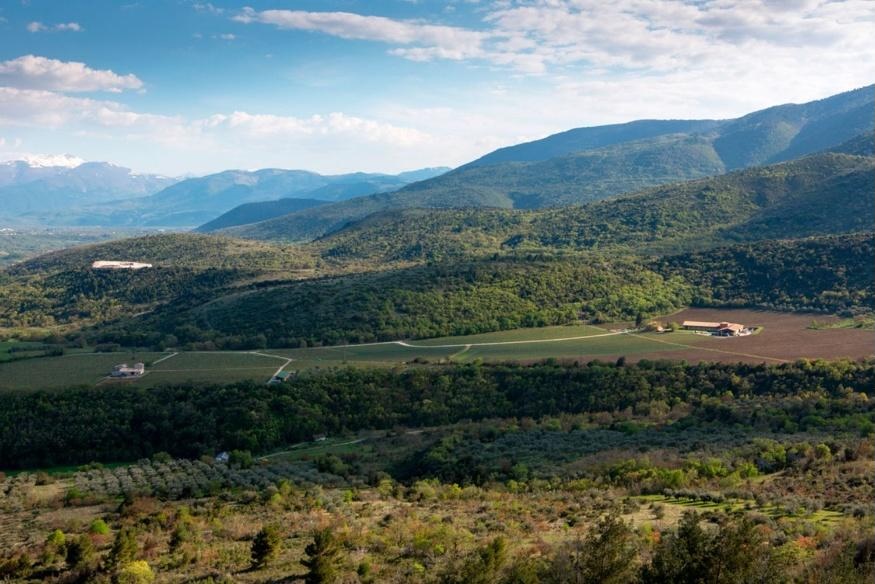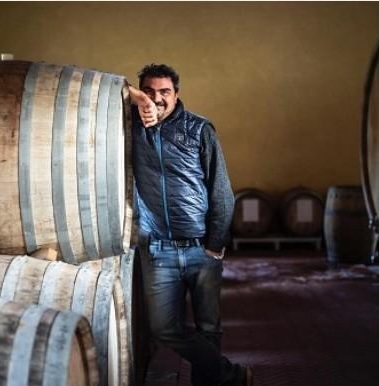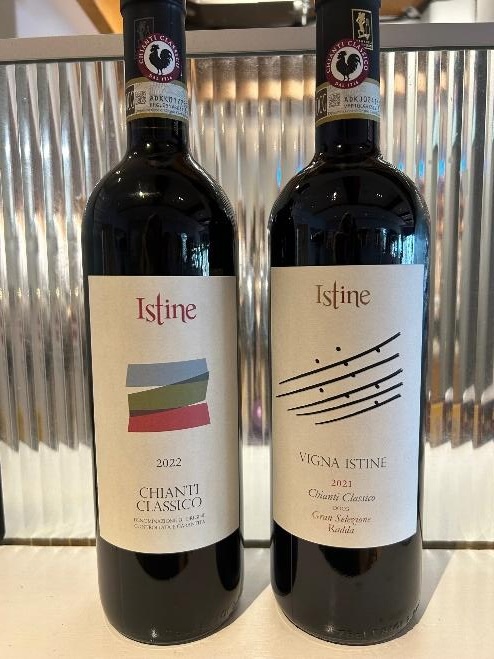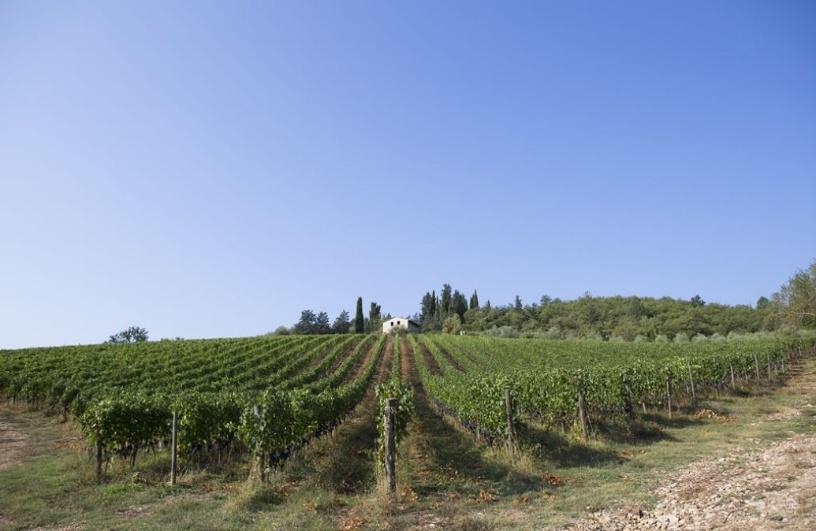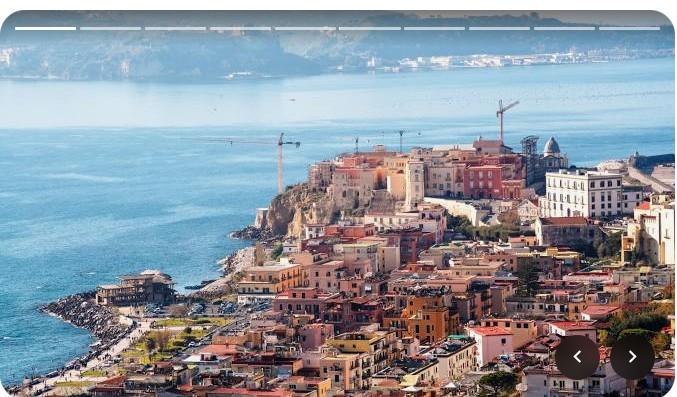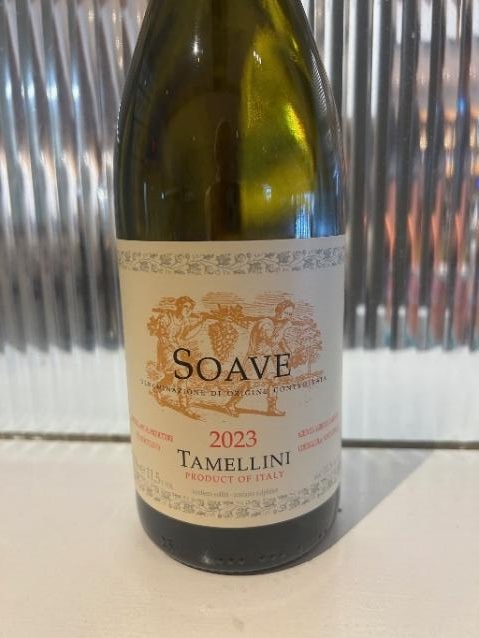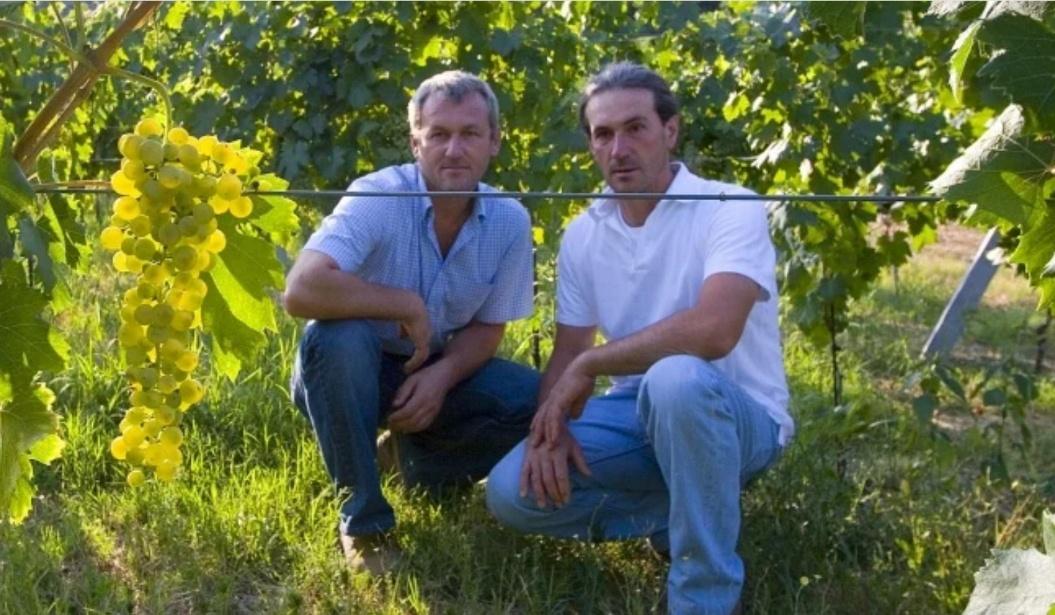Ciao Tutti!
This weekend at Piazza Italian Market, we will taste a Rose’, the Bricco Lorella Vino Rosato ($24.50, 13 % ABV) from the Antoniolo Societa Agricola in Gattinara, Alta Piemonte. Since it has not yet been featured in a weekly tasting, we felt it was long overdue for its debut. The winery is now managed by the third generation of the Antoniolo family and the wine is named for the founder’s granddaughter Lorella.
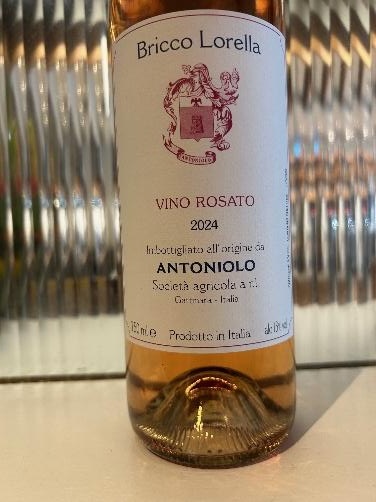
Gattinara is Alto Piemonte’s most well known and most important appellation. Mario Antoniolo founded the winery in 1948. In the 1950’s and 60’s, many Italians began to give up farming and sought work in factories in Torino and other big cities in Piemonte. Mario stayed and began quietly buying up the area’s best vineyards. Ten years later his strategy paid off and the Antoniolo family owned many of Gattinara’s best vineyards.
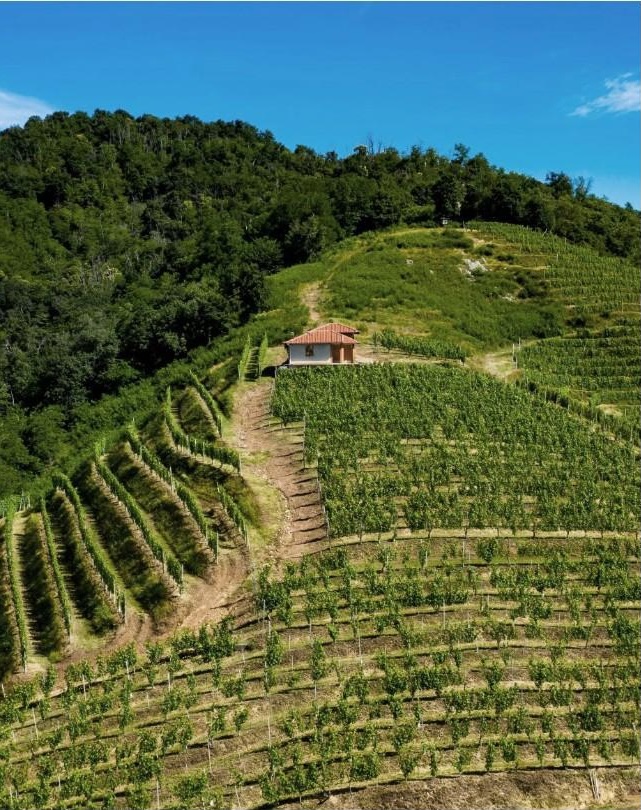
When Mario’s daughter Rossana became the manager of the winery, she wisely took the advice of Luigi Veronelli to bottle two of their wines, the Osso San Grato and San Francesco wines as single vineyard wines. Today, Osso San Grato is considered to be one of the world’s great wines, according to Antonio Galloni of Vinous. Although some winemakers in the Langhe area of Piemonte were also creating single vineyard wines, this action was unheard of at that time in Gattinara.
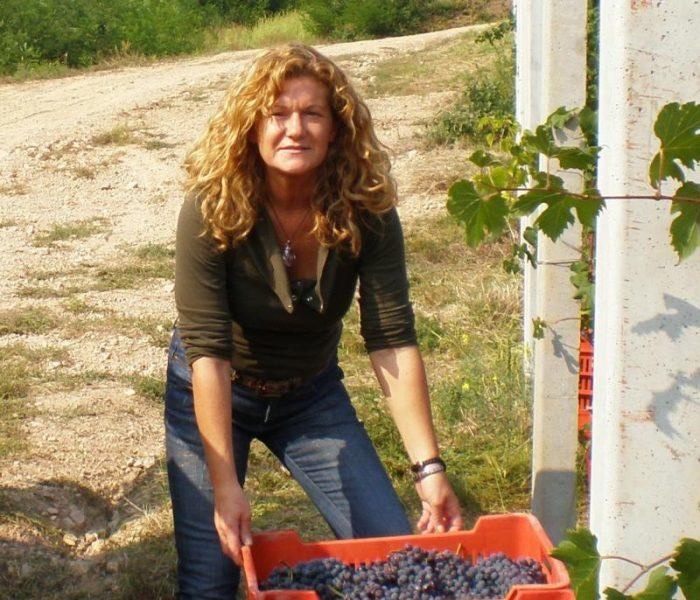
Today, Lorella and her brother Alberto manage 14 hectares of vines and adhere to their mother’s strict guidelines-integrated pest management, low doses of copper and sulfur, no chemical fertilizers, rows between the vines with natural cover crops, and slow fermentation in concrete vats with indigenous yeasts. All of Antoniolo’s Gattinaras are aged the same length of time as their Riservas.
The Bricco Lorella Vino Rosato 2024 is 100% Nebbiolo and medium-bodied. I have not yet tasted this Rosato, so I rely upon the wise words of Eric Guido of Vinous, who rhapsodizes about its being “pretty, floral…with a bouquet of peach and pear skins…followed by ripe fruits offset by hints of candied fruit…all carried across a wave of juicy acidity…a gorgeous expression of Nebbiolo Rosato from Gattinara”.
Come join me for a taste of this Rosato on Friday from noon to 5:45 or Saturday from noon to 4:45.
Cin Cin!
Jenn
Piazza Italian Market is located in the Talbot Town Shopping Center, 218 N. Washington St., suite 23, in Easton, MD.
Contributor Jennifer Martella has pursued dual careers in architecture and real estate since she moved to the Eastern Shore in 2004. She has reestablished her architectural practice for residential and commercial projects and is a real estate agent for Meredith Fine Properties. She especially enjoys using her architectural expertise to help buyers envision how they could modify a potential property. Her Italian heritage led her to Piazza Italian Market, where she hosts wine tastings every Friday and Saturday afternoons.
